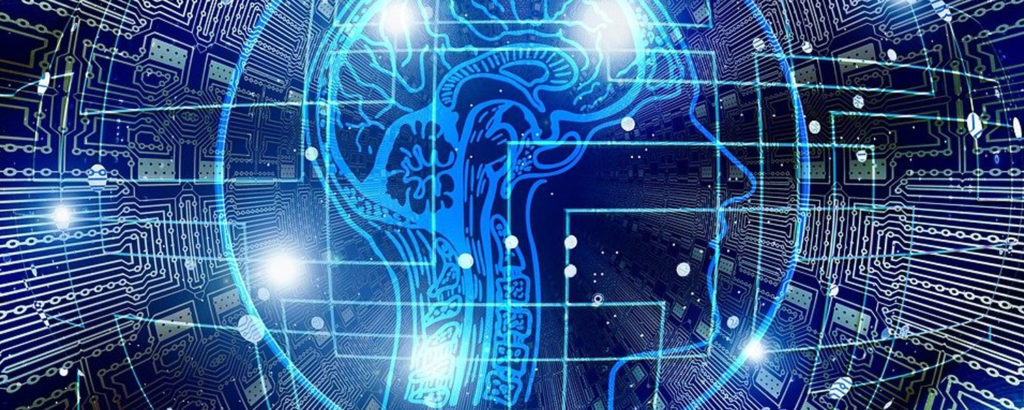Single-Tenant vs Multi-Tenant Cloud Architecture
Single-tenant architecture is when a single client uses a dedicated cloud server. Conversely, multi-tenant cloud architecture is meant for multiple clients, all of whom share the same server segment. Learn more about both options and which best suits your business in this article!









